Kitchen Sink Soap Dispenser Not Working? Here’s How to Fix It
A soap dispenser is more than just a convenience in modern kitchens. It keeps your sink area clean and clutter-free, reducing the need for plastic bottles. This makes it an eco-friendly choice for households. With just a push, it delivers the right amount of soap, saving time and avoiding waste.
However, what happens when your soap dispenser stops working? It can become a frustrating problem during your busy day. A malfunctioning dispenser can disrupt your kitchen routine due to clogs, an airlock, or a faulty pump.
This article will explore why these small tools are vital for any kitchen. We’ll also tackle everyday issues with soap dispensers and provide easy solutions to fix them. Say goodbye to frustration and keep your kitchen running smoothly!
Stay tuned as we dive into the details of fixing your kitchen sink soap dispenser.
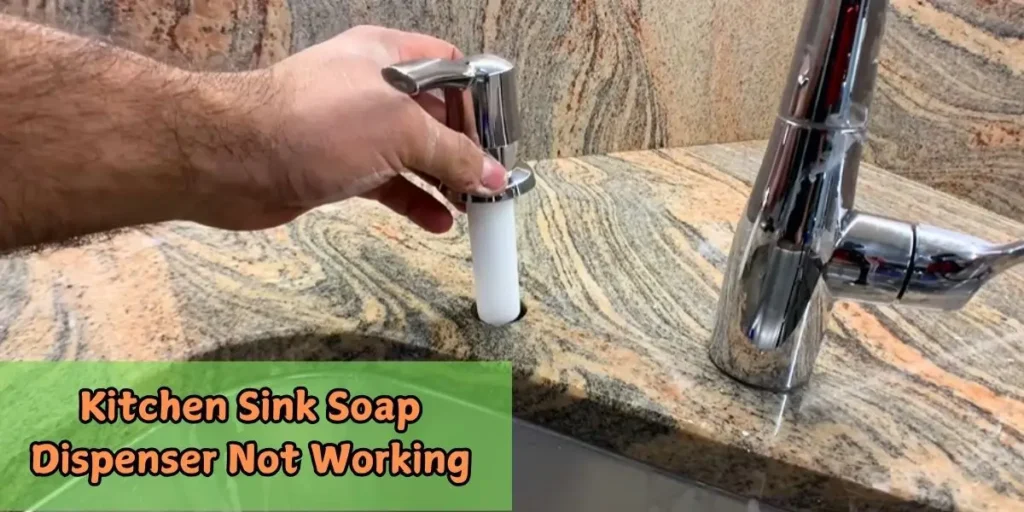
Common Issues with Kitchen Sink Soap Dispensers
A kitchen sink soap dispenser is handy but sometimes stops working. If that happens, don’t worry—many issues are easy to fix. Let’s look at the most common problems and what might be causing them.
Clogging or Blockages
One of the most frequent problems is clogging. Soap can thicken over time, especially if left unused for a while. This buildup or debris can block the dispenser tube, stopping the soap from flowing. A quick cleaning of the tube and pump can solve this issue.
Air Locking
Air locking is another common problem. When air gets trapped in the dispenser pump, it creates a barrier that prevents soap from coming out. To fix this, try pressing the pump several times or gently squeezing the dispenser bottle to remove the trapped air.
Faulty Pump Mechanism
The internal mechanism might be worn out if the pump feels loose or doesn’t bounce back after pressing. Over time, the springs or seals inside the pump can break. In such cases, you may need to replace the pump to get it working again.
Empty Soap Reservoir
It’s worth checking—sometimes, the soap dispenser is empty! If it doesn’t work after refilling, double-check for clogs or air in the tube.
Leaky Dispenser
A leaky soap dispenser can make it seem like it’s malfunctioning. Check the seals and connections around the pump and bottle. Tightening loose parts or replacing damaged seals usually resolves the issue.
Understanding these common problems can help you quickly diagnose and fix your kitchen sink soap dispenser. Regular maintenance, like cleaning and using the right soap consistency, helps prevent these issues. Keep your dispenser in good shape, and you’ll enjoy its convenience for years.
Step-by-Step Guide to Fix Your Soap Dispenser
A soap dispenser is a small but vital kitchen tool. When it stops working, it can disrupt your flow. Fixing it doesn’t have to be complicated. Here’s a simple guide to solving the problem. Follow these steps, and you’ll have it working again quickly.
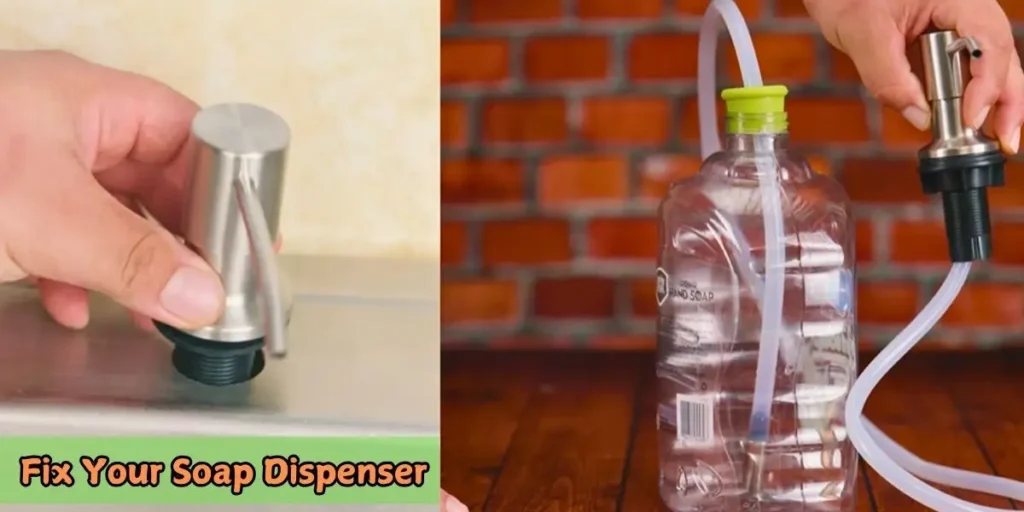
Step 1: Check the Soap Level
First things first, check the soap level. An empty soap reservoir is a common reason dispensers stop working. Refill it if needed. Sometimes, it’s the simplest solution.
Step 2: Inspect for Clogs
Soap dispensers can become clogged with dried soap or debris. Remove the pump and inspect the tube. Rinse it with warm water. If the clog is tough, a thin tool like a toothpick can help clear it.
Step 3: Fix Air Locking
Air locking occurs when air gets trapped in the pump, preventing soap from flowing. Try manually pumping the dispenser a few times. If this doesn’t work, detach the pump and adjust the tube to release the trapped air.
Step 4: Clean the Pump
A dirty pump can also stop the soap flow. Remove the pump mechanism and rinse it under warm water. For stubborn residue, use a gentle brush to clean the parts thoroughly. Once it’s clean, reattach it.
Step 5: Check for Leaks
Leaks can make your dispenser seem to be faulty. Inspect the connections and seals around the pump and tighten any loose parts. If a seal is damaged, you might need a replacement.
Step 6: Replace the Pump
If none of the steps work, the pump might be broken. You can buy a replacement pump online or at a hardware store. Make sure it matches your dispenser model. Once you install the new pump, test it to ensure it’s working correctly.
Related post: Can You Replace a Kitchen Sink Without Replacing the Countertop
How to Insulate Under Kitchen Sink
How to Fix a Leaking Sink Drain
Preventive Tips to Keep Your Soap Dispenser Working Smoothly
A soap dispenser is a simple yet essential kitchen tool. To keep it functioning correctly, following a few simple maintenance steps is vital. Let’s look at how to ensure your dispenser stays in top shape.
Regular Cleaning and Maintenance
Soap dispensers can clog or stop working if not cleaned regularly. Over time, soap residue can build up inside the pump and nozzle. To prevent this:
- Clean your dispenser at least once a month.
- Use warm water to rinse the pump and nozzle.
- Avoid letting soap sit unused for long periods.
Cleaning is especially crucial if you use thick soaps, which can leave behind a sticky residue that can clog the dispenser.
Use Diluted Soap for Better Flow
If your soap is too thick, it can cause blockages in the pump mechanism. You can fix this by diluting the soap:
- Mix one part soap with two parts water.
- Shake the dispenser gently to blend the mixture.
This keeps the dispenser flowing smoothly and prevents clogs. Plus, it helps your soap last longer!
Periodically Check for Leaks or Wear
Leaks can be annoying and wasteful. Over time, the seals or connections in your dispenser might wear out. To stay ahead of this:
- Inspect your dispenser every few weeks.
- Tighten any loose parts.
- Look for cracks or damage in the reservoir or pump.
If you spot issues early, you can fix them before they cause more significant problems.
When to Replace Your Soap Dispenser
Soap dispensers are handy additions to any kitchen. However, like any tool, they can wear out over time. Knowing when to replace your soap dispenser can save you frustration and keep your kitchen running smoothly. Let’s explore the signs that it’s time for a new one and what to consider when buying a replacement.
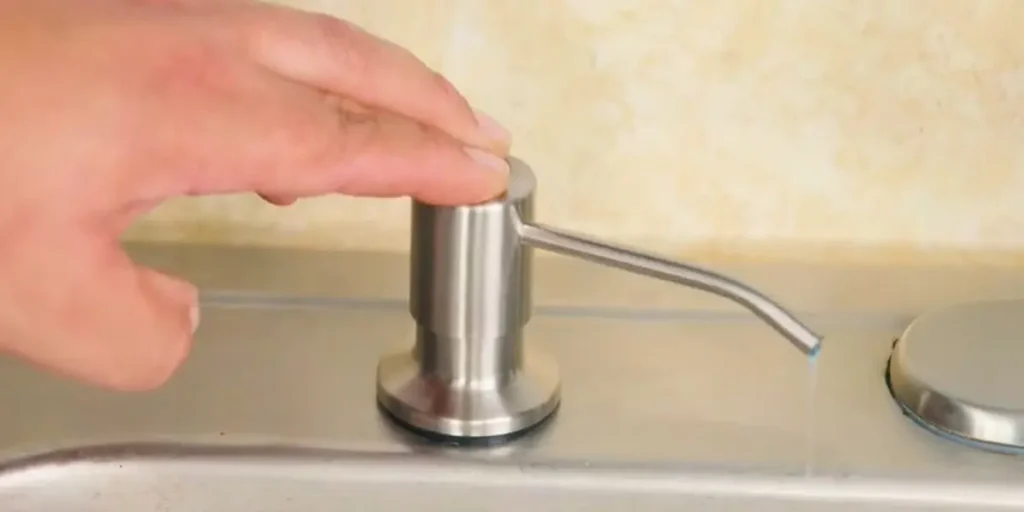
Signs That It’s Time to Replace Your Soap Dispenser
Persistent Leaks
One clear sign of a failing dispenser is continuous leaks. The dispenser’s seals might be worn out if soap drips even after cleaning or adjusting. Leaks waste soap and create unnecessary messes.
Irreparable Pump Issues
It may be broken if the pump no longer works despite cleaning or unclogging. Over time, internal parts like springs or the pump mechanism can wear out, making repairs impossible.
Cracks or Damage
Visible cracks in the dispenser can lead to leaks or reduced functionality. Cracked reservoirs or nozzles often can’t hold or dispense soap properly.
Frequent Clogs
If your dispenser constantly clogs, even with proper soap, it might be time to replace it. Over time, soap residue can build up in hard-to-clean areas, leading to recurring blockages.
Age of the Dispenser
If your dispenser has been used for many years, it may be at the end of its life. Wear and tear can make even the best dispensers unreliable.
Considerations for Choosing a New Soap Dispenser
Material
Choose a durable material that suits your kitchen. Stainless steel dispensers are sturdy and rust-resistant, while plastic ones are affordable and come in various designs.
Design
Pick a dispenser that matches your kitchen’s style. Sleek, modern designs suit contemporary kitchens, while classic designs suit traditional setups. Ensure the design is easy to clean and refill.
Capacity
Consider the size of the reservoir. Larger reservoirs are great for busy households, as they need refilling less often. A compact dispenser might be more practical for smaller spaces.
Ease of Installation
Choose a dispenser that is simple to install or replace. Some models fit into existing sinkholes, while others may require extra setup.
Conclusion
Fixing a broken kitchen sink soap dispenser is easier than you think. Start by checking the soap level and clearing any clogs. If air is trapped in the pump, work it out by manually pumping. For leaks, inspect and tighten connections. When all else fails, replacing the pump is a quick fix.
To keep your dispenser working well, clean it regularly and use thinner soaps to avoid clogging. These simple habits will save you time and hassle.
Have you recently fixed your soap dispenser? Share your tips and tricks in the comments—we’d love to hear about your experiences. Check out our articles on eco-friendly kitchen gadgets or similar solutions for helpful guides. Together, we can make your kitchen routine smooth and stress-free!
FAQs About Kitchen Sink Soap Dispenser Not Working
Soap dispensers often stop working due to clogs, airlocks, or empty reservoirs. Cleaning the tube, refilling soap, or removing trapped air usually solves the issue.
Remove the pump and tube, rinse them with warm water, and use a small brush or toothpick to remove soap buildup. Then, they are reassembled and tested for proper function.
Air can get trapped in the pump, blocking soap flow. Press the pump repeatedly or adjust the tube to release the trapped air.
Leaking is often caused by worn seals or loose parts. If the problem persists, tighten all connections and consider replacing the pump seal.
Yes, thick soap can clog the pump and tube. Dilute the soap with water to prevent blockages and ensure smooth dispensing.
A faulty pump will feel loose, fail to spring back, or not dispense soap. In such cases, the best solution is to replace the pump.
Clean your dispenser monthly or whenever you notice reduced performance. Regular cleaning prevents clogs and extends the dispenser’s lifespan.
Replace the dispenser if it has persistent leaks, broken parts, or a damaged pump that repairs cannot fix. A new dispenser ensures reliable and efficient use.
Related Posts
-
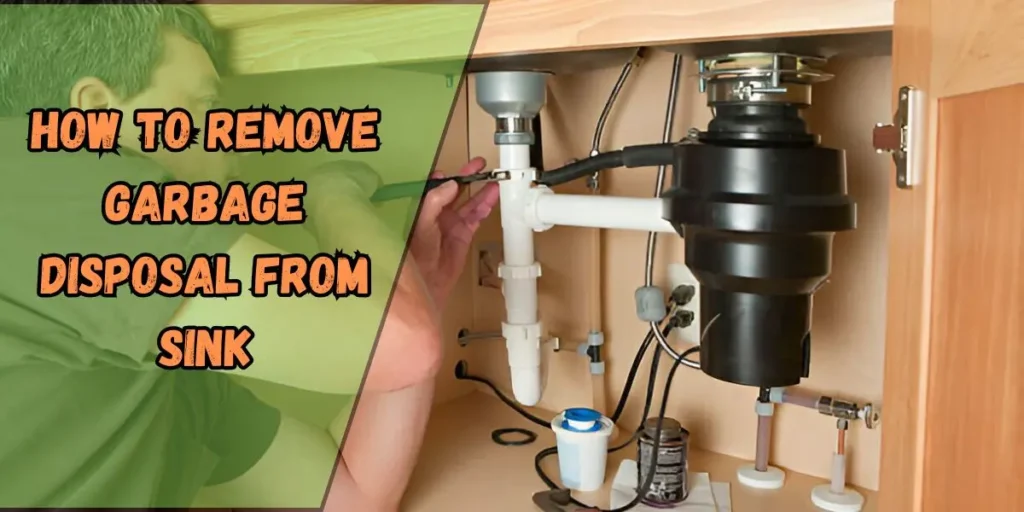 03 Jan 2025 SinkLearn How to Remove Garbage Disposal From Sink 2025
03 Jan 2025 SinkLearn How to Remove Garbage Disposal From Sink 2025 -
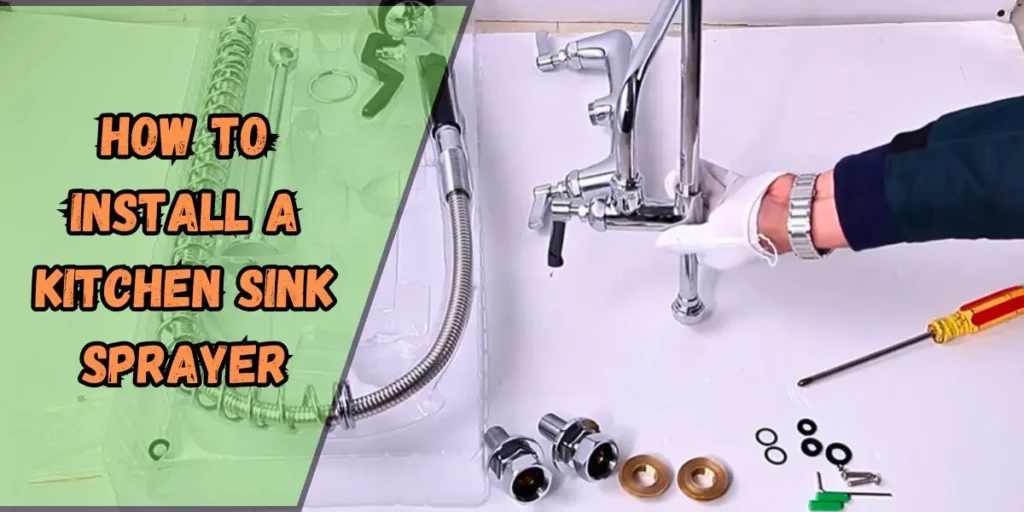 03 Jan 2025 SinkHow to Install a Kitchen Sink Sprayer in Simple Steps 2025
03 Jan 2025 SinkHow to Install a Kitchen Sink Sprayer in Simple Steps 2025 -
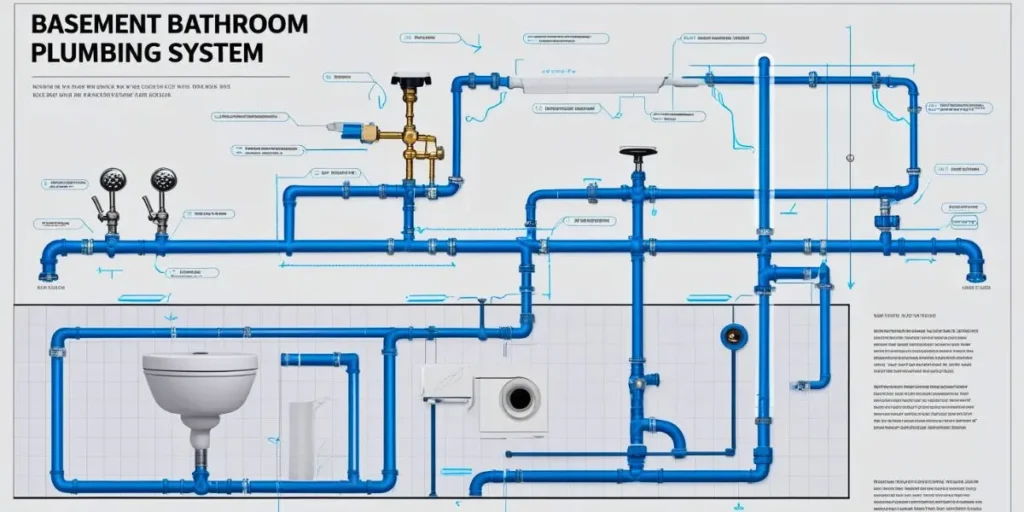 30 Dec 2024 RemodelSimple & Effective: Basement Bathroom Plumbing Diagram
30 Dec 2024 RemodelSimple & Effective: Basement Bathroom Plumbing Diagram -
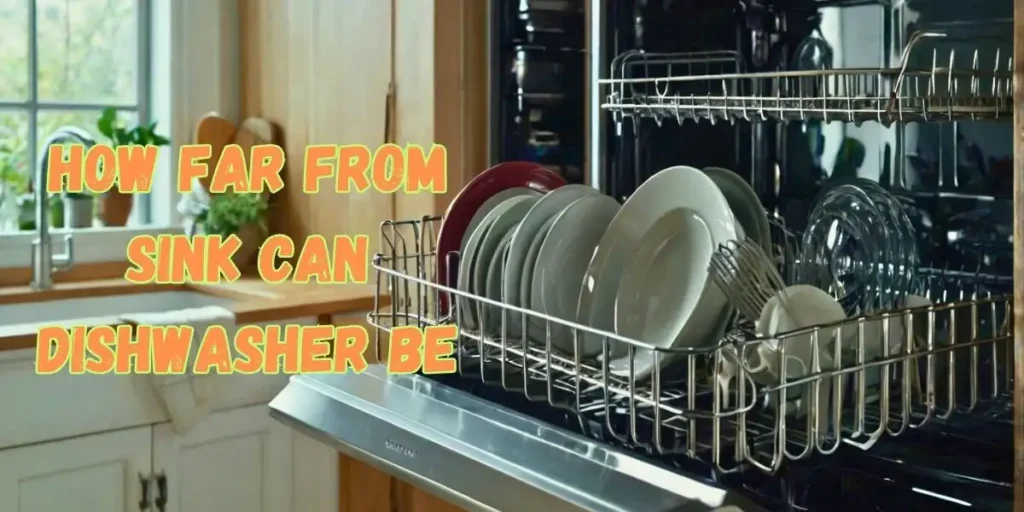 30 Dec 2024 SinkHow Far from Sink Can Dishwasher Be? Key Facts Explained
30 Dec 2024 SinkHow Far from Sink Can Dishwasher Be? Key Facts Explained -
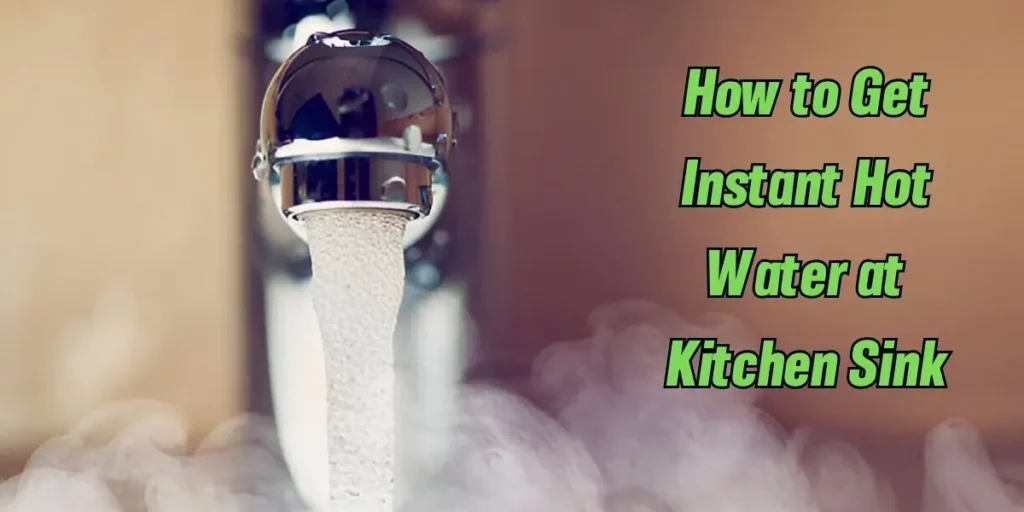 29 Dec 2024 SinkHow to Get Instant Hot Water at Kitchen Sink
29 Dec 2024 SinkHow to Get Instant Hot Water at Kitchen Sink -
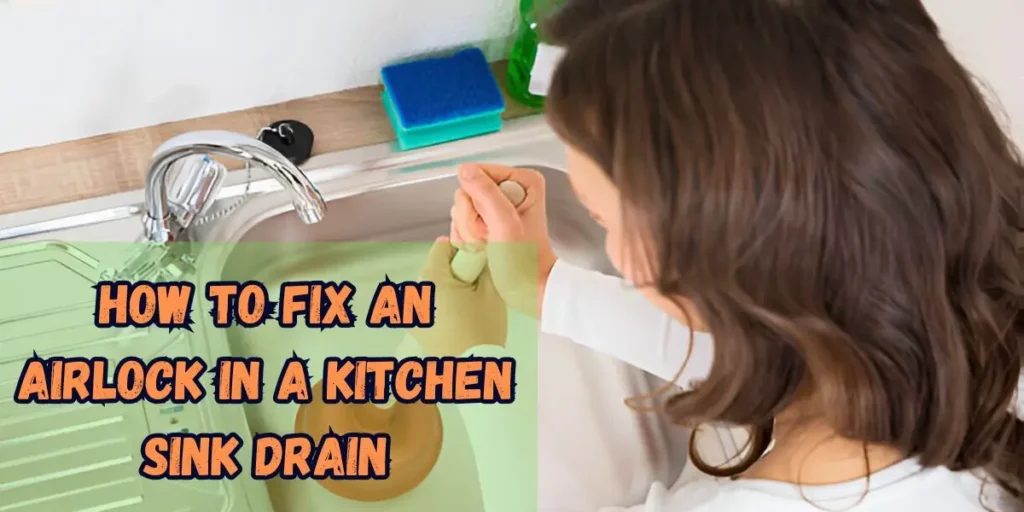 28 Dec 2024 SinkHow to Fix an Airlock in a Kitchen Sink Drain: A Step-by-Step Guide
28 Dec 2024 SinkHow to Fix an Airlock in a Kitchen Sink Drain: A Step-by-Step Guide -
 27 Dec 2024 SinkKitchen Sink Soap Dispenser Not Working? Here’s How to Fix It
27 Dec 2024 SinkKitchen Sink Soap Dispenser Not Working? Here’s How to Fix It -
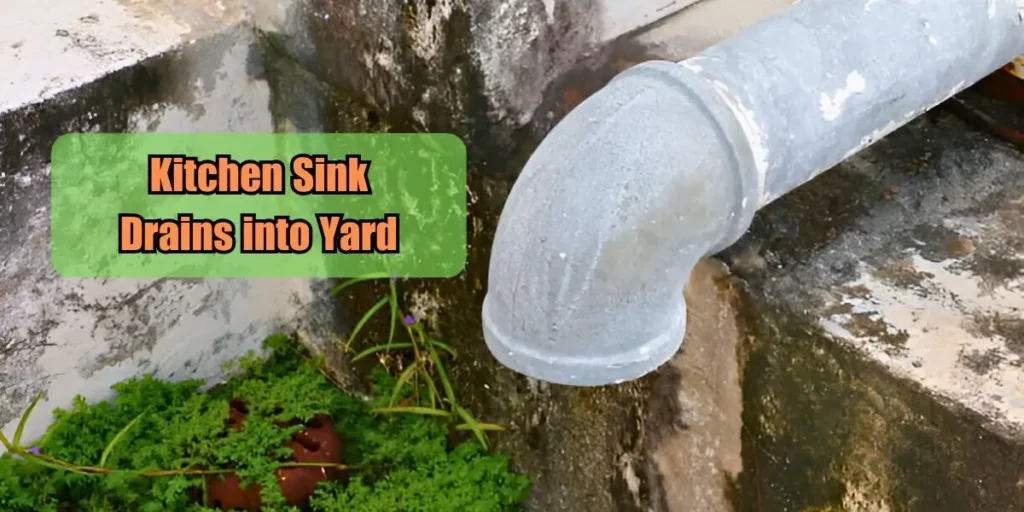 26 Dec 2024 SinkKitchen Sink Drains into Yard: Causes, Solutions
26 Dec 2024 SinkKitchen Sink Drains into Yard: Causes, Solutions -
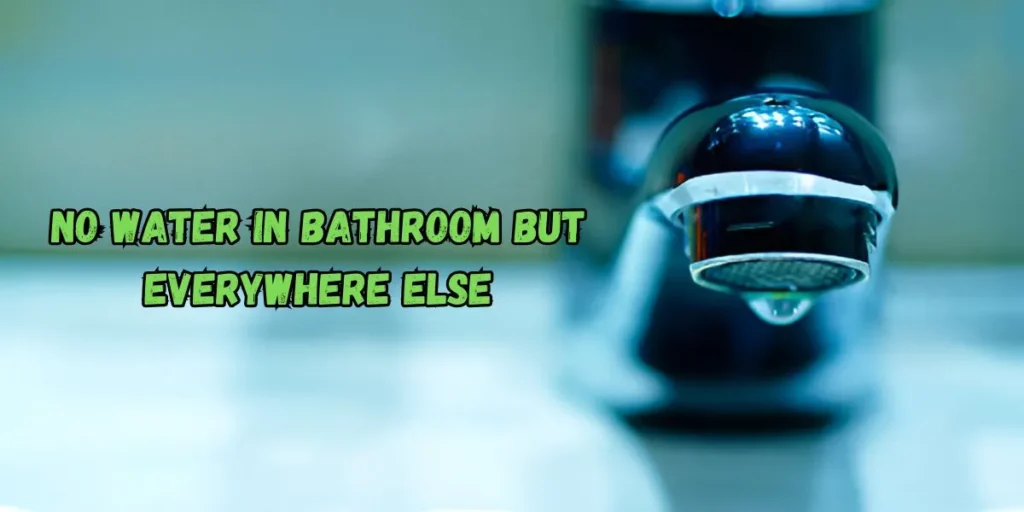 26 Dec 2024 SinkNo Water in Bathroom but Everywhere Else: Expert's Solutions
26 Dec 2024 SinkNo Water in Bathroom but Everywhere Else: Expert's Solutions -
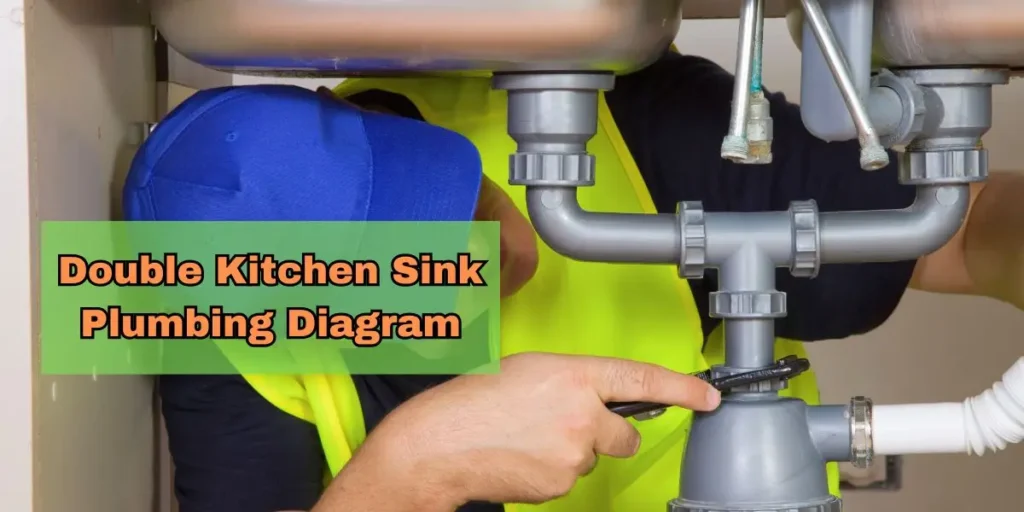 26 Dec 2024 SinkDouble Kitchen Sink Plumbing Diagram: A Visual Guide
26 Dec 2024 SinkDouble Kitchen Sink Plumbing Diagram: A Visual Guide

